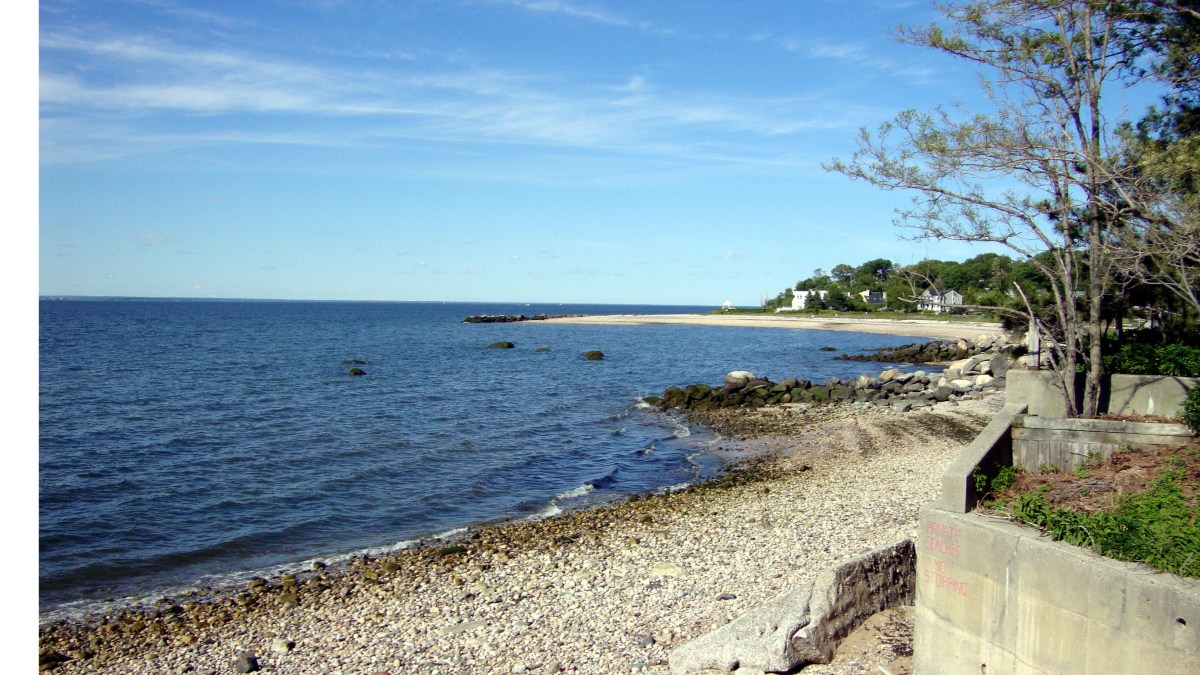On the North Shore, the Village of Bayville is looking to keep young professionals on Long Island, and so it plans to allow additional apartments in its downtown business district to attract them.
On the South Shore, the Village of Lindenhurst is seeking to reinvigorate its downtown, and so it is working with the Lindenhurst Economic Development Committee to explore its growth options.
Bayville’s residents reportedly aren’t happy with even the prospect of additional growth. Lindenhurst’s villagers seem more open to the idea of future development, but are cautiously optimistic.
Although these two villages differ in size and background, they both want to take a similar approach to revitalization: transit-oriented development. The question is not about their similarity but their difference, and whether the same approach makes sense for each community.
Bayville is a small beachfront village with more than 6,700 residents living within its 1.4-square miles. It takes more than an hour to reach the community from New York City via the Long Island Rail Road and a cab ride. Its relative isolation and the cyclical nature of its local economy make it hard to envision Bayville as a transit-oriented destination, let alone a vital hub. After all, Halloween only comes once a year and even its Bayville Adventure Park has to adapt to the seasons to stay viable.
Understandably, citing a commercial property vacancy rate of 40 percent, Bayville’s Mayor Paul Rupp wants to reduce blight, but his approach to doing so—letting new apartment buildings contain up to nine units in the business district—highlights the lack of cohesive planning guidance that Nassau County provides each little municipality within its domain. Left on their own, these village officials too often spout the faulty concepts of Brain Drain, and a new inductee into the Hall of Buzzwords, Revitalization. Given that census figures don’t exactly support the notion of a mass exodus of 20-somethings, it is a faulty foundation on which to build policy upon—especially when it comes to the legitimate concern of nurturing the next generation of suburbia.
From a planning perspective, placing apartments on the storm-vulnerable spit of land occupied by Bayville, which is already limited in both LIRR and road access, is not only a bad application of the “cool downtown” cliché, it is also irresponsible.
Instead of trying to reinvent itself, Bayville should further embrace its identity. The village should maximize its assets, revel in its seasonality, and in this instance, grasp the sentiment shared by its residents. A cohesive business district isn’t the worst idea, but shoehorning additional density into a tight space in order to lure those ever elusive “young professionals” certainly is.
Though Lindenhurst has around 27,000 residents within the village limits and another 11,500 people living to its north, it is similar to Bayville in certain regards. Both waterfront communities are roughly an hour or so from Penn Station. But what Bayville has in isolation, Lindenhurst shares with many South Shore communities directly east and west of it: being another stop along the well-used Babylon branch of the LIRR.
Bayville’s residents are reportedly protesting the mere notion of growth, and in response the village board has postponed the vote on the mayor’s apartment-zoning proposals until next month. Lindenhurst’s Economic Development Committee is issuing surveys and taking stock of the community’s existing assets. Those actions signify a respect not only for the village residents, but for the urban planning process, which is fueled by public input, as a whole.
Bayville has limited transportation options both in and out of the village thanks to Mother Nature, but Lindenhurst is constrained by the man-made suburbia that surrounds the municipality. Pursuing growth in Lindenhurst isn’t so much a question of whether it’s possible—as it is in Bayville—but whether the area’s overburdened transportation network can adequately handle it.
Given the different challenges facing each community, is transit-oriented growth appropriate?
Every small village on Long Island seems to want to emulate the sterling example of the Village of Patchogue, which revitalized its downtown, but without considering the unique factors that made that revitalization possible as well as the impacts that the sought-after success can bring.
Could Bayville or Lindenhurst handle the consequences of copying Patchogue’s success? Rapid growth raises questions like where to place suddenly much-needed additional parking capacity, how to fill the vacant new developments and its accompanying retail frontage, and just as important, how to compete with other downtowns trying to follow the same model? What’s going to make this place unique? Until the village officials can answer these issues with data-backed studies, they’re taking a risk by plunging into the unknown.
Rich Murdocco writes on Long Island’s land use and real estate development issues. He received his Master’s in Public Policy at Stony Brook University, where he studied regional planning under Dr. Lee Koppelman, Long Island’s veteran master planner. Murdocco will be contributing regularly to the Long Island Press. More of his views can be found on www.TheFoggiestIdea.org or follow him on Twitter @TheFoggiestIdea.































